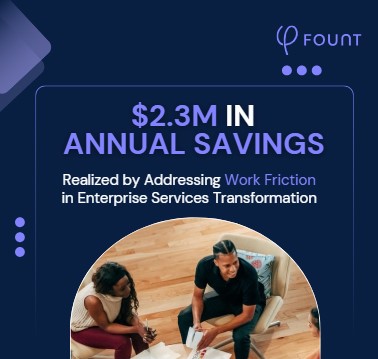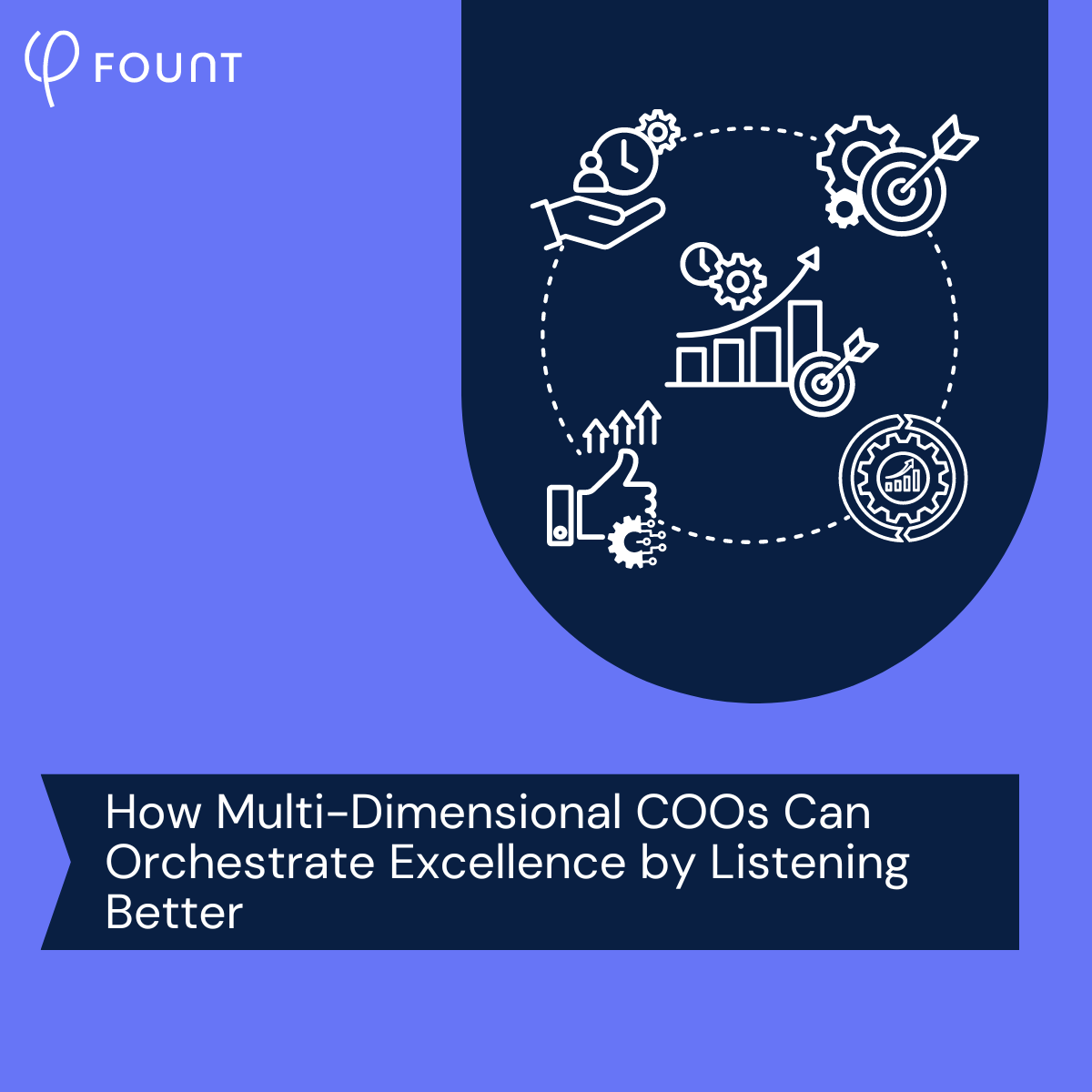Table of Contents
How Multi-Dimensional COOs Can Orchestrate Excellence by Listening Better
A summary of the details of the article will go here.
In a recent article for CEO Forum magazine, Assurant COO Francesca Luthi made the case that today’s COO’s have a complex, multi-dimensional mandate that includes driving digital transformation, cultural engagement, and improved customer and employee experiences, all while maintaining operational excellence and hitting growth targets.
The piece emphasizes that the COO role is complex in part because COOs are responsible for technology, talent, and transformation – that is, because “operations” includes virtually every aspect of an organization.
What we really like about it is Luthi’s inclusion of employee experience as a key component of overall operational excellence. Often, organizations emphasize customer experience but ignore or gloss over that of employees – a huge oversight, as far as we’re concerned. After all, organizational productivity is directly tied to individual effectiveness. And individual effectiveness is a function of overall employee experience.
In this piece, we’ll explain how multi-dimensional COOs can support organizational excellence by incorporating strategic, analytics-powered listening practices.
“What You Should Do” vs. “What Should I Do?”
In many organizations, COOs are tasked with improving organizational productivity. To achieve that, many assume the role of superior, telling employees what they should do: to be more productive, we’re going to use this new software. Or: to increase productivity, everyone will get certified in X skill.
This approach assumes that the leader knows what will work for every employee and that policy and process decisions should come from the top down.
Progressive leaders take a markedly different approach. Instead of mandating what their employees should do, they ask employees what they as leaders can do to help boost productivity.
Instead of assuming the leader has some special knowledge, this approach acknowledges the reality that workers in any given role are the ones with the most visibility into their daily tasks – and therefore into the barriers preventing them from doing those tasks efficiently. Put differently, this approach recognizes that workers are the ones best equipped to highlight sources of work friction.
Once you hear it, it sounds intuitive, right? Ask employees what’s not working, then fix those things and individual effectiveness and organizational productivity improve. But in practice, of course, that’s not easy to do. COOs can’t realistically ask thousands of employees what’s blocking them and then fix every single thing that comes up.
So let’s take a look at how to implement this strategy across a large, complex organization.
Analyzing Answer Data to Create Actionable Steps
When COOs listen to what their employees need and then address those needs, it improves productivity – but it also demonstrates that the COO cares about their workers. FOUNT offers a systematic way to demonstrate that care.
Our system starts with talking to leadership to get a sense of the problem they’re trying to solve. When we have a problem statement (“increase productivity,” “reduce input waste,” “use less energy,” etc.), we then examine the organizational structure to understand who does what.
From there, we conduct brief surveys with targeted employees. We take their answers and, using proprietary algorithms fueled by more than seven million data points about work friction, we identify solutions and rank them by potential impact.
Leaders walk away with not only objective data about where the biggest problems exist for their teams but also a data-backed guide to prioritizing solutions based on their expected ROI.
A Scalable Way to Address Inefficiencies
To understand why this approach to complex organizational problems works so well, it helps to contrast it to the default approach in many organizations. In addition to being top-down, the solutions behind many digital transformations tend to be additive: additional software, new processes, extra meetings.
This tendency is so common, in fact, there’s a name for it: addition sickness. If your organization is guilty of forever adding new things, don’t beat yourself up: when we’re presented with problems, we as a species are wired to think first of solutions that involve adding new things.
In many cases, though, problems can be solved by eliminating rather than adding.
When you approach problems from the ground floor, by asking the people most directly involved with those problems what’s causing them, you flip the script on the traditional approach. You also open yourself to solutions you may not have otherwise considered.
The impact on both productivity and ROI can be significant. When every employee is empowered to be more effective, the organization as a whole becomes more productive. And when you’re confident that you’re enacting the most impactful changes, you reach your expected ROI more quickly.
Organizational Excellence Can’t Ignore Employees
As the COO becomes responsible for ever more facets of an organization, prioritizing employee experience becomes essential: digital transformation can’t happen if employees aren’t willing to embrace new products; cultural engagement won’t happen if employees don’t feel that their insights and opinions matter; customers won’t have good experiences if they’re engaging with distressed front-line workers or using products built by an ever-rotating cast of back-end developers; growth targets are impossible to reach unless every employee can perform at the top of their ability.
In other words, employees are an essential component of organizational excellence. COOs who recognize that and find ways to not only gather data on employee experience but also turn that data into actionable insights to move the organization forward will be the ones with the greatest success in their complex, multi-dimensional roles.
Ready to start listening to your employees systematically? Get in touch. We’d love to help you take the next step.
Related Resources
See all News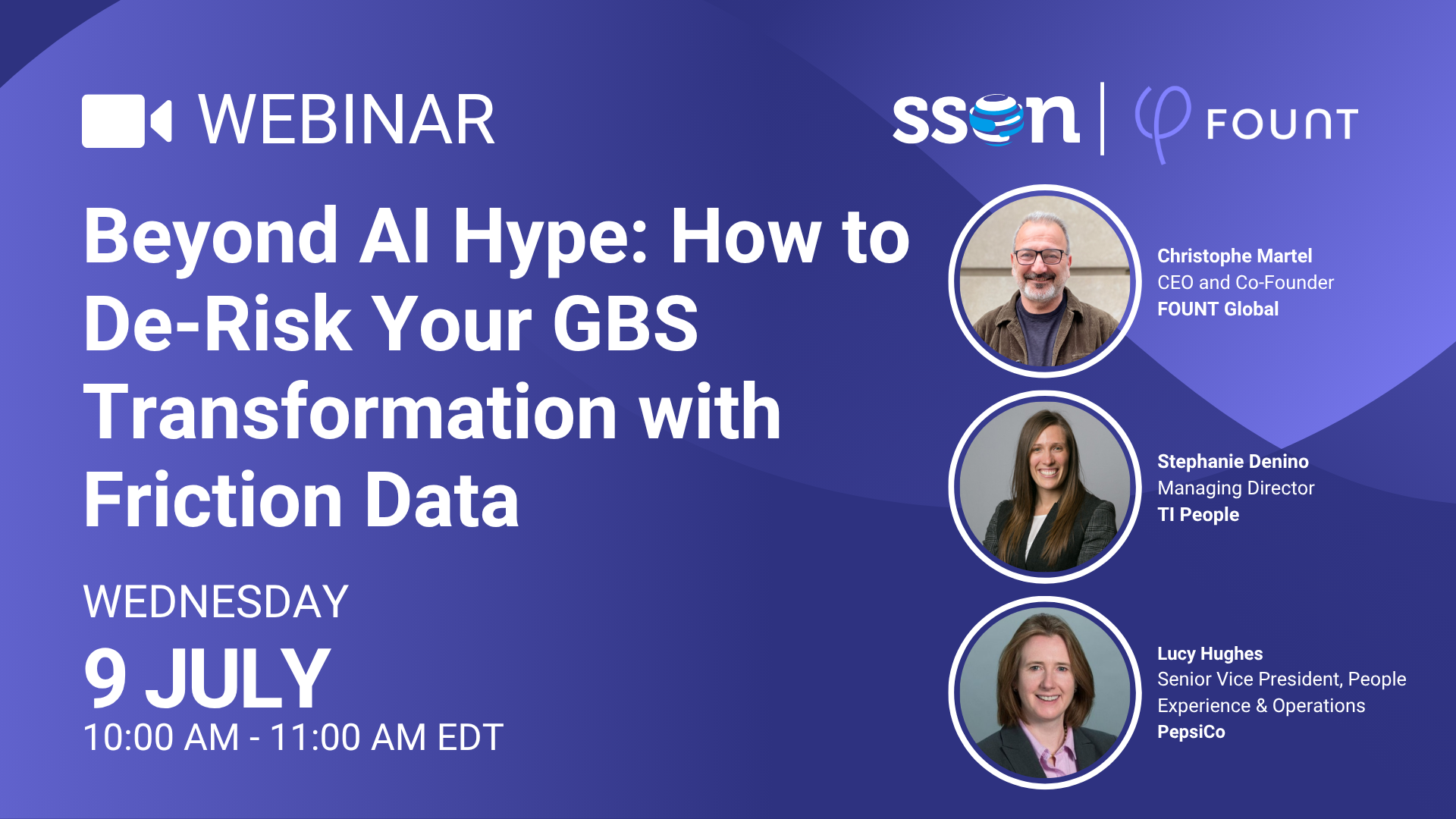
FOUNT News
LIVE Webinar. Beyond AI Hype: How to De-Risk Your GBS Transformation with Friction Data

Guest Post
3 Signs Your GBS Is Creating Friction Instead of Flow (And How to Fix It)
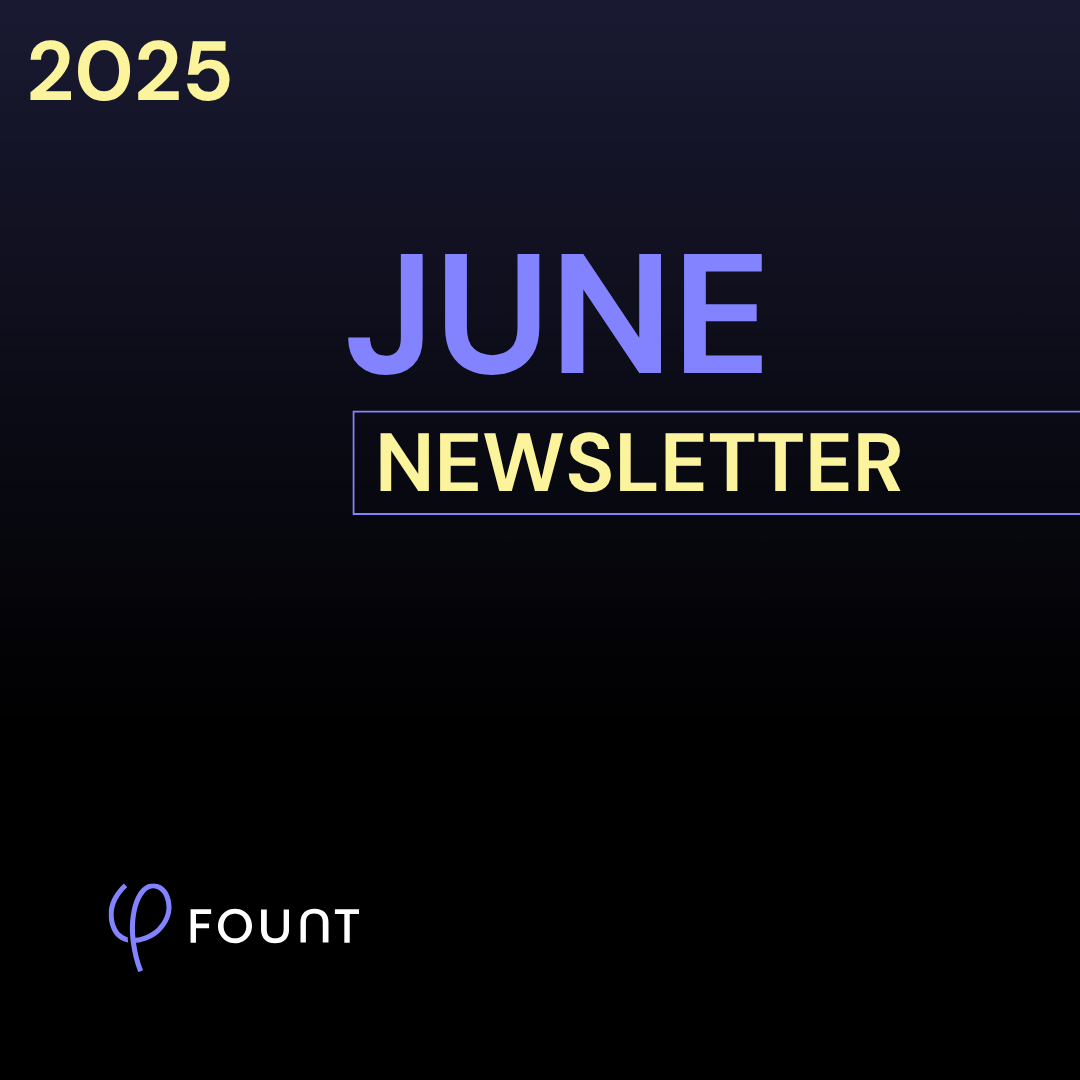
FOUNT News
June Newsletter: Friction is Killing Your AI ROI.

Insights
Breaking the False Tradeoff in GBS: Efficiency vs. Experience

Events
LIVE Webinar – July 9th for SSON Network. Beyond AI Hype: How to De-Risk Your GBS Transformation with Friction Data

Insights
To Create New Value, GBS Leaders Need Different Data
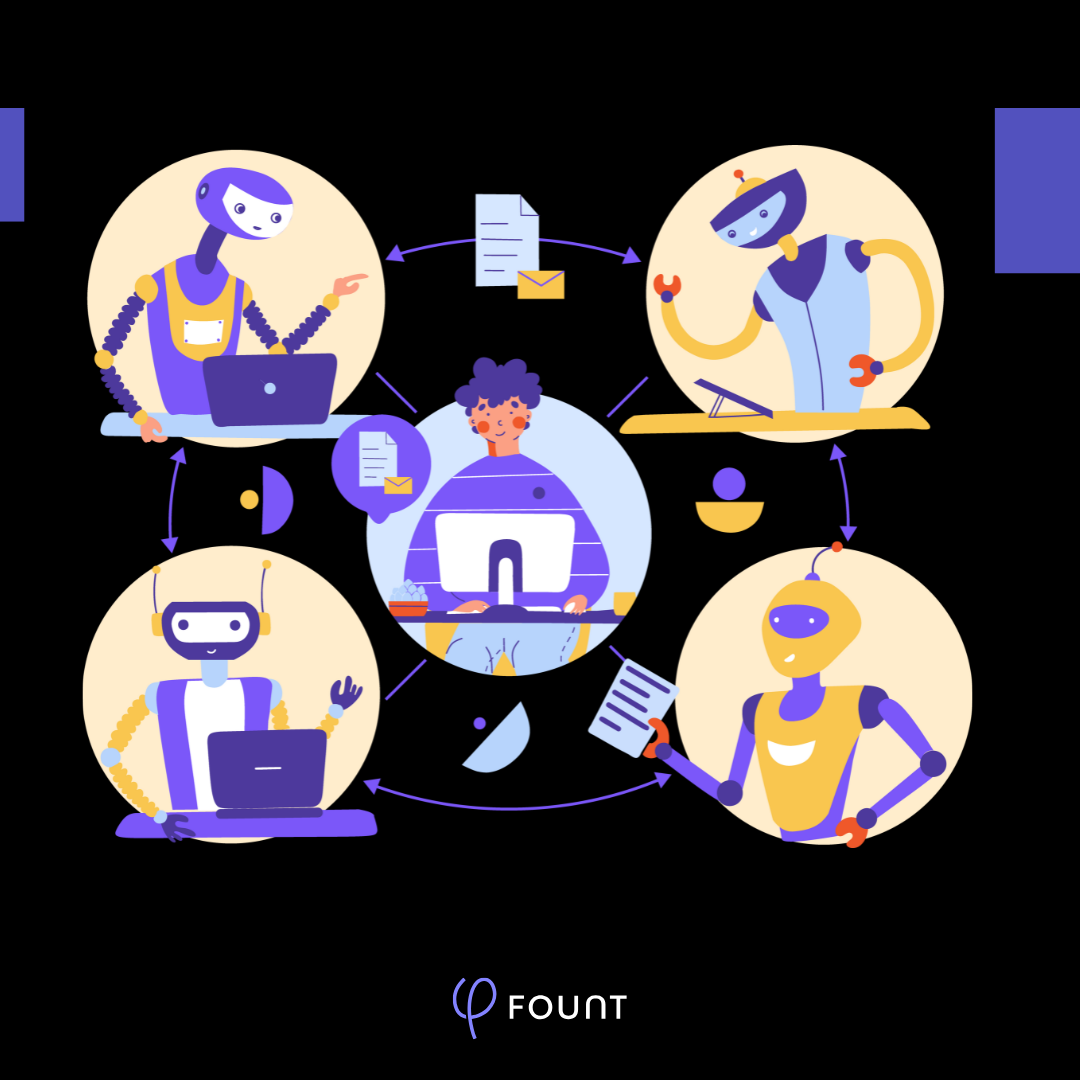
Insights
How to Keep Up with the Latest AI Developments
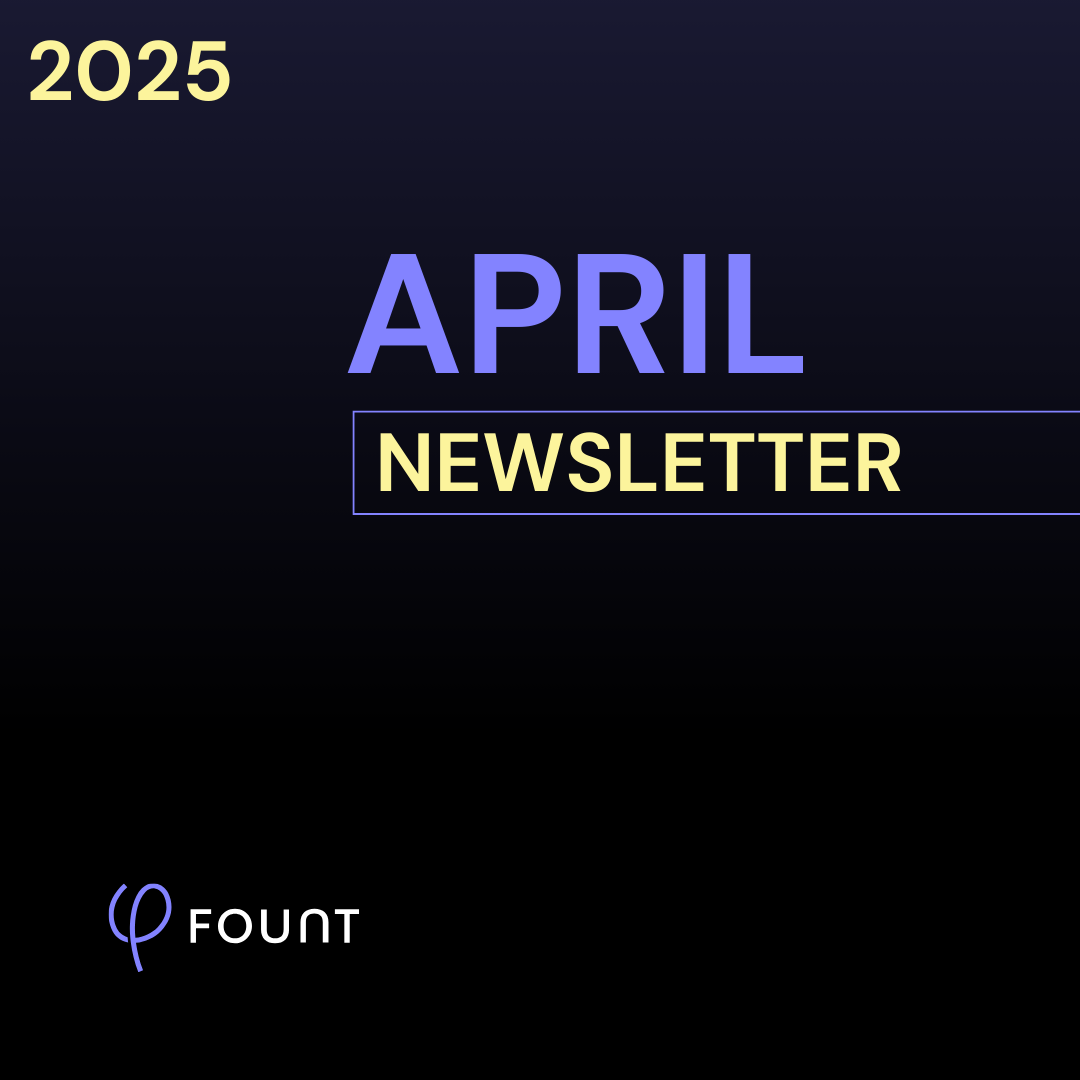
Insights
APRIL Newsletter. Friction: You Can’t Improve What You Can’t See
